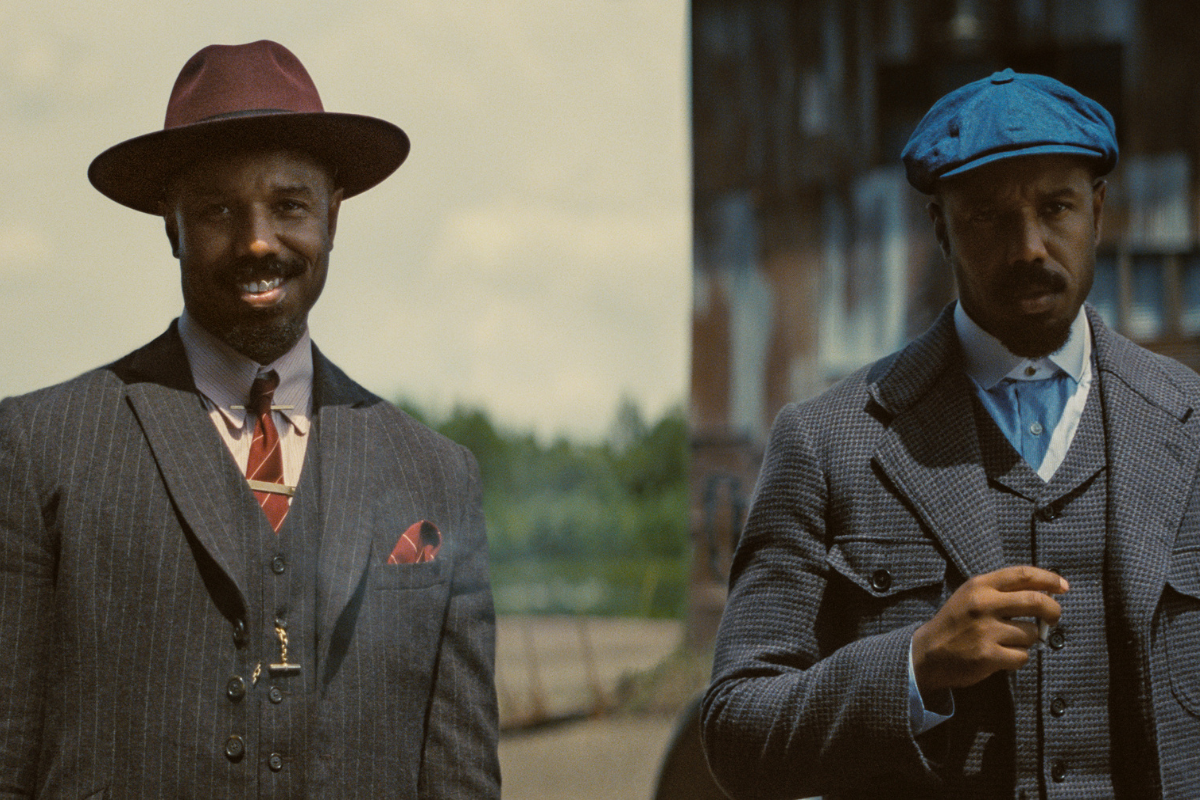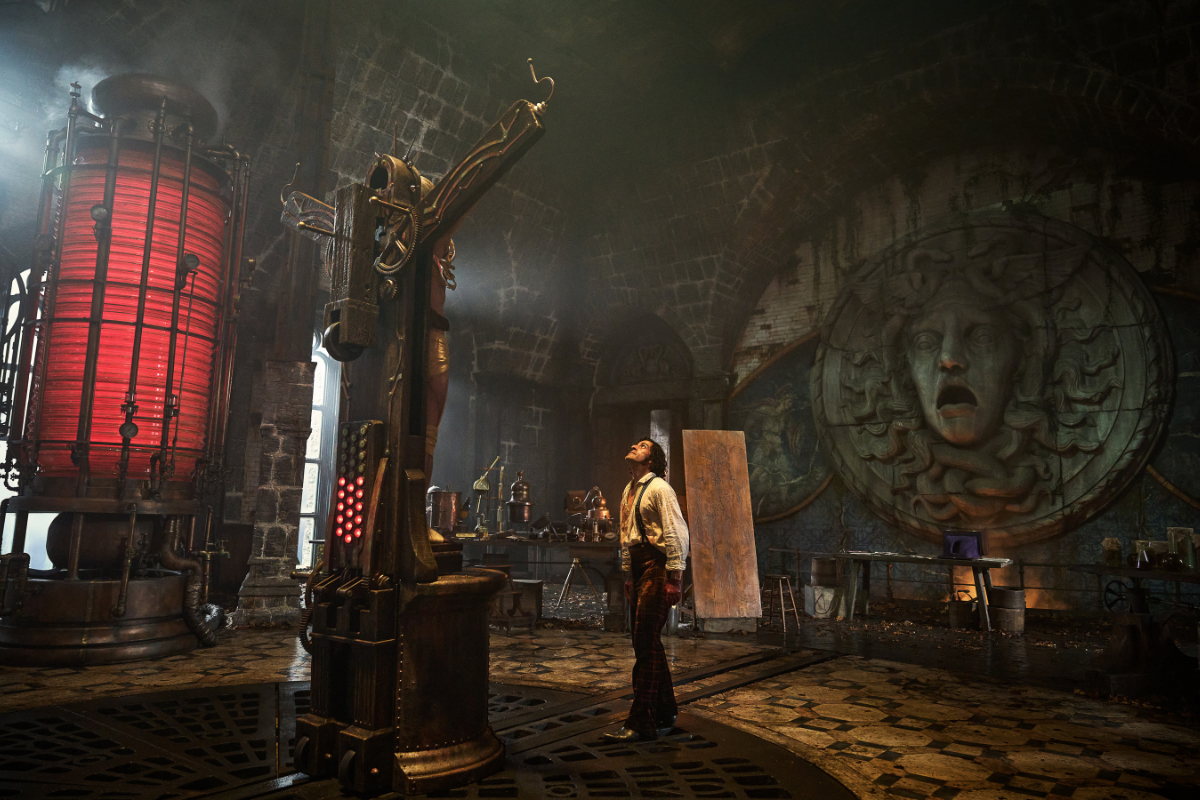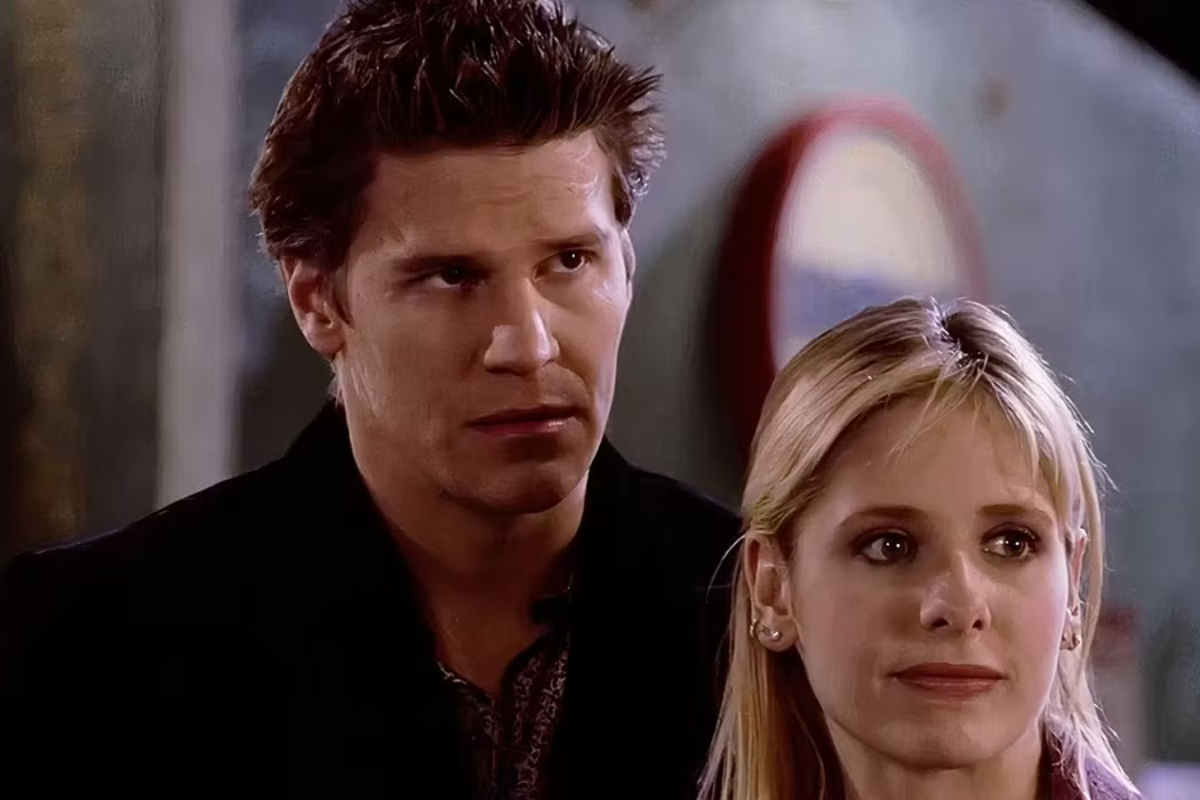MEET THE READER: My Defense of the Three-Act Structure
Ray Morton challenges those who argue against a three-act structure, opining that screenwriting is dramatic writing and the three-act structure is as inherent to dramatic storytelling as steel is to building a skyscraper.
Ray Morton challenges those who argue against a three-act structure, opining that screenwriting is dramatic writing and the three-act structure is as inherent to dramatic storytelling as steel is to building a skyscraper.
Script recently posted a solid piece about the three-act structure and its role in screen storytelling. I thought the article made some good points and so I re-tweeted the website’s promotional tweet for the piece, figuring screenwriting folks could benefit from reading it.
My retweet sparked a crazed tweetstorm from a guy who is clearly not a fan of the three-act structure. He pelted me with post after post angrily decrying the concept, screaming that it is an outdated playwrighting device that has no place in screenwriting and that anyone who thinks it does is a clueless imbecile who has no idea what he’s talking about (these weren’t the fellow’s exact words, but that’s the gist). While I respected this gentleman’s passion, I couldn’t help but be amused by his vehemence – for the life of me I can’t figure out why someone would become so apoplectic about a creative writing device.
However, while my correspondent’s level of rage was unique, his perspective was not. There are quite a few folks out there in the screenwritingverse who are anti-three act structure – often intensely so. These adherents adamantly insist that quality screenplays do not/cannot/should not have three acts. They can have two acts or four acts of five acts or even no acts, but they do not/cannot/should not have three. Not ever. Ever, ever, ever. And that anyone who doesn’t agree is an out-of-touch old fogey who no one should listen to.
I’m not sure where this hatred for the three-act structure comes from. When I have asked protestors what they don’t like about it, about the most they can offer is that it is “old-fashioned,” which seems like a pretty weak complaint – shouldn’t a tool be judged on its usefulness rather than its age? I mean, if you need to put a nail in a wall are you not going to use a hammer just because it was invented thousands of years ago?
I think for a screenwriter to be “against” the three-act structure is ultimately a rather ludicrous position – it’s like saying you’re all for breathing, but you’re against air. Screenwriting is dramatic writing and the three-act structure is as inherent to dramatic storytelling as steel is to building a skyscraper. The task simply can’t be accomplished without it.
All dramatic narratives contain a specific set of elements arranged in a specific way. If a piece of writing does not contain those specific elements and if they are not arranged in that specific way, then you may have something, but you will not have a dramatic narrative. It is those elements structured in that way that makes a piece drama.
All dramatic narratives unfold as follows:
- At the beginning of the piece, a protagonist is introduced and then something (the inciting incident) happens that sets the story in motion. The protagonist responds to the inciting incident and things go along smoothly until something unexpected happens (the first plot twist) that turns the story spinning in an entirely new direction.
- The protagonist responds to the first plot twist by developing a strong goal that he is determined to achieve. He creates a plan for accomplishing this goal and then sets out to implement the plan. Along the way, he encounters an increasingly difficult series of obstacles—including opposition from a formidable antagonist—which he uses his skills, talents, and abilities to overcome. After a rocky start, the protagonist’s plan begins to work and as the end of Act II approaches, it appears as if the protagonist will accomplish his goal. But then another unexpected something (the second plot twist) happens, causing the protagonist to suffers a terrible reversal that not only prevents him from accomplishing his goal, but makes it seem as if he will never accomplish it.
- All appears to be lost, but then the protagonist rallies and finds a way to reverse the reversal – either by finding a new way to accomplish his goal or by coming up with an entirely new goal. The protagonist pursues his new course of action, which leads to a final confrontation with the antagonist. As a result of that final confrontation, the protagonist defeats the antagonist and finally accomplishes his goal (or doesn’t, if the story is a tragedy).
That’s it – that’s drama! Every creatively successful dramatic narrative – be it presented on screen, on the stage, or on television – follows this template.
And if you examine it closely, you will see that the two plot turns automatically divide the dramatic narrative into three parts – the first part introduces the protagonist and leads to the first plot twist; the second part deals with the consequences of the first plot twist by introducing the story’s main conflict and escalating it until things come to a head with the second plot twist; and the third part finally resolves the conflict and resolves matters once and for all. Those parts are called acts and that’s where the three-act structure comes from. You simply can’t tell a dramatic story without it.
Some dramatic narratives have prologues or epilogues – chunks of storytelling (often quite lengthy) that occur prior to or following the main storyline. However, this doesn’t mean that such stories have four acts – it means that they have three acts and a prologue or epilogue. Some scripts have both a prologue and an epilogue, but that doesn’t make them five-act tales -- it makes them a three-act tale with a prologue and an epilogue. The scripts for some network TV sitcoms are presented into two acts and the scripts for some network TV dramas are divided into six acts, but that doesn’t mean these stories are two- or six-act tales – it just means they are three-act narratives cut into two or six pieces. Some screen stories are told in reverse-chronological order or in non-linear fashion or are filled with flashbacks, asides, or dream sequences. None of these additions or contortions are going to change the essence of the core narrative, which – if it’s been crafted properly – is always going to organize itself into three distinct parts.
So, rather than spend your precious time and energy arguing against the existence or the validity of the three-act structure, my advice is that you accept it as a thing and then utilize it to tell the best, most interesting, most involving, most exciting, and most moving story you possibly can. Because that’s what’s really important and that’s what’s going to get you a great script and (eventually; hopefully) a great movie.
THE END
Copyright © 2018 by Ray Morton
All Rights Reserved
No portion of this article may be copied, reprinted,
or reposted without the permission of the author
However, feel free to link to this piece to your heart’s content
Need help outlining your story? Sign up Screenwriters University's online course, 21 Days to Your Screenplay Treatment
REGISTER NOW!
Scriptmag.com is a participant in the Amazon Services LLC Associates Program, an affiliate advertising program designed to provide a means for sites to earn advertising fees by advertising and linking to Amazon.com and affiliated websites.
Ray Morton is a writer and script consultant. His many books, including A Quick Guide to Screenwriting, are available online and in bookstores. Morton analyzes screenplays for production companies, producers, and individual writers. He can be reached at ray@raymorton.com. Twitter: RayMorton1







